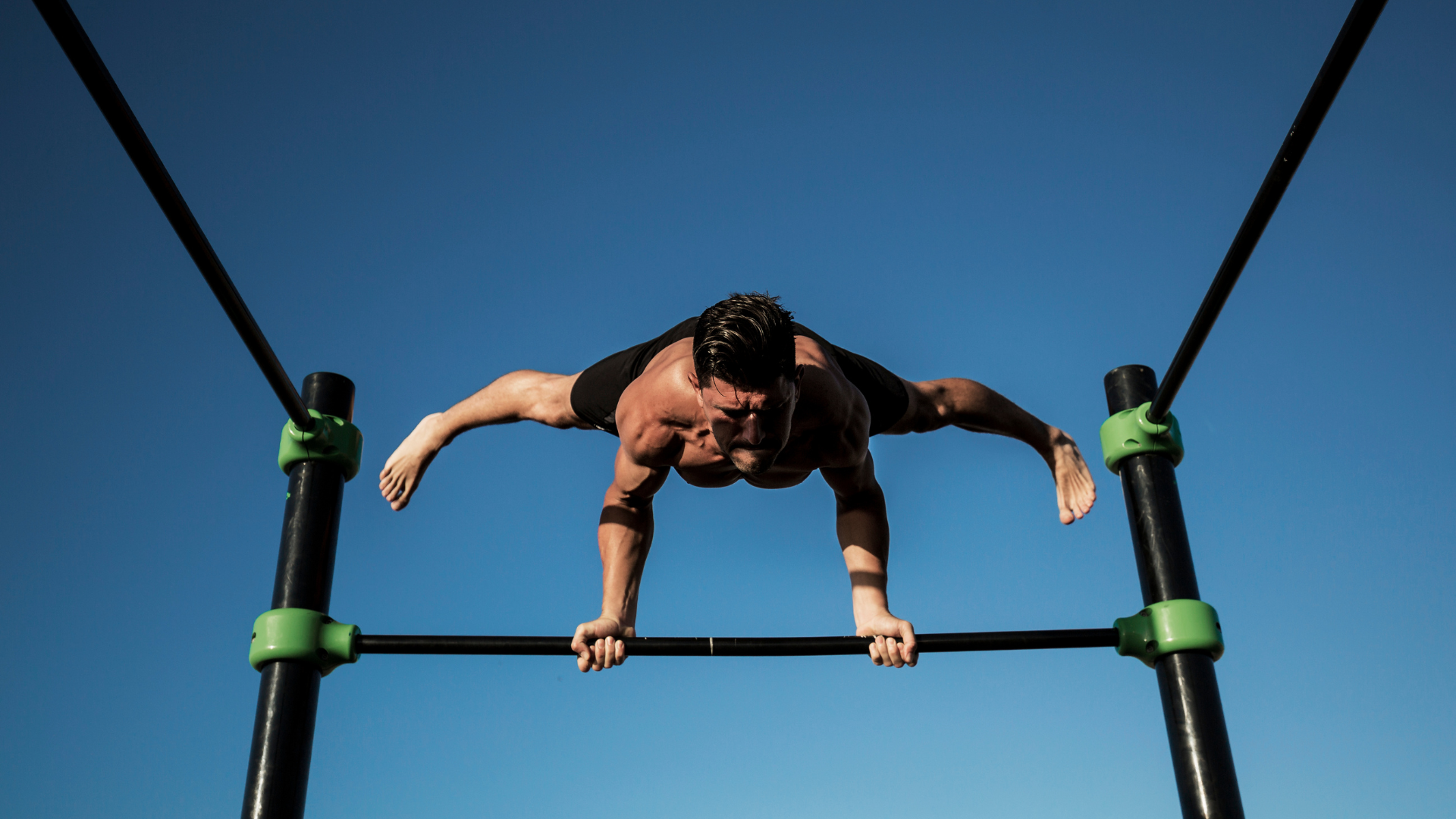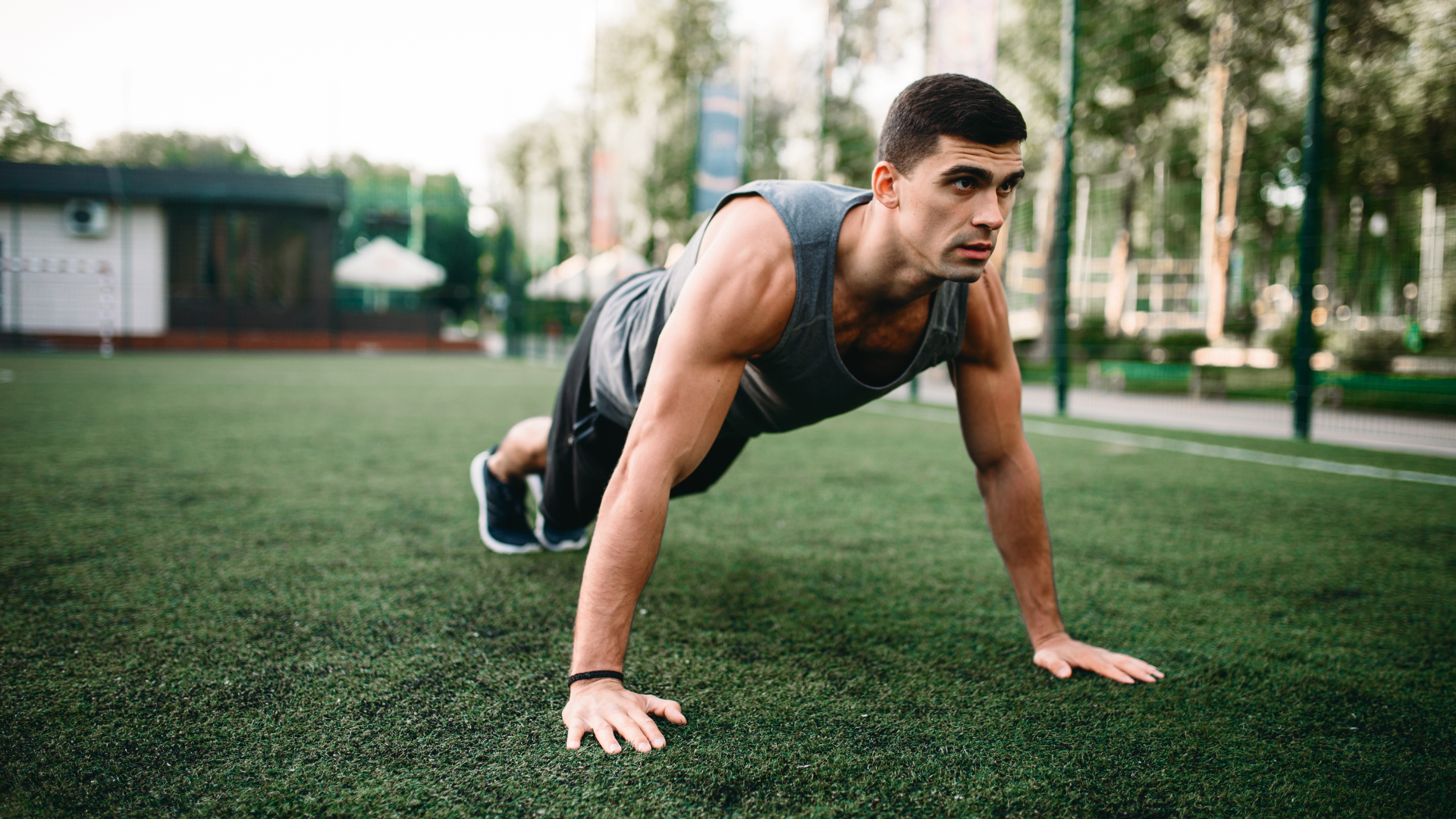Wrist pain is one of the most common issues people face when diving into calisthenics, especially in movements that involve bearing weight on the hands like push-ups, handstands, planches, and front levers. Fortunately, consistent wrist injury prevention can go a long way in keeping your joints healthy, mobile, and strong.
In this article, we’ll go through a comprehensive routine of essential wrist exercises you can incorporate into your warm-up. These movements improve mobility, strength, and endurance in the wrist joints, helping you stay injury-free while progressing in your calisthenics journey.
Why Wrist Injury Prevention Matters in Calisthenics
Your wrists are small joints taking on major responsibilities in bodyweight training. Exercises like push-ups, dips, L-sits, and especially static holds like handstands and planches place a lot of stress on the wrists, particularly if your technique or alignment isn’t perfect. Without adequate preparation, this can quickly lead to irritation or injury.
Wrist prep does two things:
- Increases range of motion, reducing the risk of overstretching or straining.
- Builds strength in the connective tissues, which is crucial for supporting your bodyweight.
The good news? A few targeted movements done consistently can drastically improve wrist resilience.
The Essential Wrist Injury Prevention Warm-Up
Before jumping into your main sets, set aside 5–10 minutes for the following exercises. You can do them on your hands and knees, or in a kneeling position depending on comfort.
1. Wrist Rotations
How to do it:
- Place your fingertips on the ground, palms facing down.
- Actively press your fingers into the floor.
- Make small circles with your upper body, spiraling outwards to larger rotations.
- After a few reps, reverse the direction.
Why it helps: This movement lubricates the joint, activates the forearm muscles, and helps you detect tight or sensitive spots.
2. Top-of-Hand Wrist Circles
How to do it:
- Place the backs of your hands on the floor, thumbs pointed inward.
- Gently spiral outward in small then larger circles, maintaining active pressure.
- Reverse directions.
Pro tip: Try to press your thumbs into the floor too. This variation increases flexibility and mobility.
3. Fist Clenches & Extensions
How to do it:
- Make tight fists, holding each for 5 seconds.
- Then spread your fingers open as wide as you can, again holding for 5 seconds.
- Repeat this sequence 5 times.
Challenge: Avoid bending the elbows while making the fists—this helps isolate the muscles around the wrist.
4. Reverse Wrist Stretch (Palm Facing Up)
How to do it:
- Place your hands on the floor with the palms facing up and fingers toward your knees.
- Press the fingertips into the floor and slowly rock backward.
- Reverse the direction and repeat.
Progression: Keep fists tight and lower down toward the floor without letting your elbows bend or fists open up.
5. Finger Bends with Forward Lean
How to do it:
- Get into a quadruped position with your palms on the ground.
- Lean forward so that your shoulders pass over your fingertips.
- Lift your feet to increase pressure.
Purpose: Strengthens the fingers and stretches the flexors.
6. Forearm Raises
How to do it:
- In a kneeling position, place the tops of your hands on the floor.
- Slowly lift the hands by flexing at the wrist, keeping your elbows straight.
- Perform 10 reps.
Goal: These build endurance in the wrist extensors and flexors. Over time, this helps prepare you for more advanced positions like back-of-hand push-ups.
How to Progress Over Time
Just like with any part of training, your wrist prep can evolve:
- Start with 1 round of each movement if you’re new to this.
- Over time, aim for 2–3 rounds or integrate them as movement prep in your skill sessions.
- As your wrists grow stronger, try variations like fingertip push-ups or wrist push-ups.
Consistency is key. Even 5 minutes of wrist prep every training day will compound into significant gains in resilience and performance.
Additional Tips for Wrist Injury Prevention
- Warm up your wrists before every session: Never jump straight into weight-bearing exercises cold.
- Stretch post-training: After your session, spend a couple of minutes doing gentle wrist and forearm stretches.
- Use progressions: Don’t jump into handstands or weighted dips without mastering basics like plank holds and push-ups.
- Listen to your body: Soreness is fine, but persistent sharp pain is a red flag. Scale back and allow time for recovery.
Final Thoughts: Build Strong Wrists, Build a Strong Practice
Neglecting wrist preparation is like skipping your warm-up before a sprint. It might not hurt you immediately, but over time the wear and tear will catch up. Incorporating these wrist prep movements is a non-negotiable part of long-term calisthenics training.
Want more mobility and injury prevention content? Check out our Mobility for Calisthenics post and our detailed Handstand Foundations Guide.
Ready to start training safely and effectively? Get personalized coaching from MOVE GST’s expert team—Book a Free Intro Call Here and take your training to the next level.




